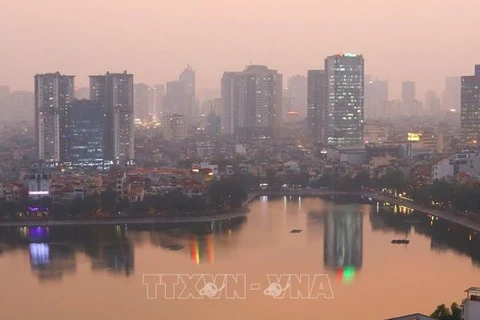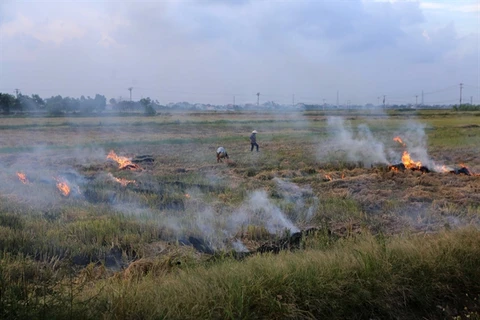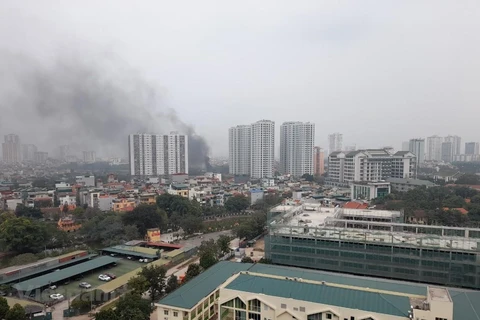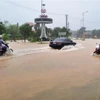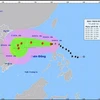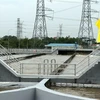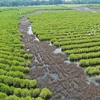Hanoi (VNA) - Ninety-eight continuous automatic air quality monitoring stations will be constructed across the country between now and 2030, pushing the total number to 201.
According to the government’s recently issued national planning for environmental monitoring, of the new stations, 62 are set to be located in areas heavily influenced by human activities to alert people about impact on their health, while six background stations representing the air quality of six socio-economic regions will be built in areas with minimal impact by human.
There will also be 18 cross-border monitoring points located in the provinces of Cao Bang, Dien Bien, Lang Son, Lai Chau, Lao Cai, Ha Giang, Nghe An, Dak Nong, Binh Phuoc, Tay Ninh, Long An, An Giang, and Kien Giang. These stations will measure PM 2.5, PM 10, SO2, NO2, CO, and O3.
Between now and 2025, eight regular monitoring sessions will be held annually per year, and the figure will increase to 12 afterward, providing data on SO2, NO2, CO, and TSP. The five centrally-run cities will additionally monitor PM 2.5.
After 2030, 15 more continuous automatic air quality monitoring stations are planned to be built.
The plan also requires integrating noise monitoring at 216 stations and initiating the establishment of an automated mercury monitoring network. Additionally, it specifies investments in building monitoring stations for surface water, river mouth water, seawater, soil quality, and biodiversity.
Hoang Duong Tung, Chairman of the Vietnam Clean Air Network, held that the planning of monitoring points and stations is necessary given the increasingly complex environmental pollution situation and the limitations in data availability for research and warnings./.
According to the government’s recently issued national planning for environmental monitoring, of the new stations, 62 are set to be located in areas heavily influenced by human activities to alert people about impact on their health, while six background stations representing the air quality of six socio-economic regions will be built in areas with minimal impact by human.
There will also be 18 cross-border monitoring points located in the provinces of Cao Bang, Dien Bien, Lang Son, Lai Chau, Lao Cai, Ha Giang, Nghe An, Dak Nong, Binh Phuoc, Tay Ninh, Long An, An Giang, and Kien Giang. These stations will measure PM 2.5, PM 10, SO2, NO2, CO, and O3.
Between now and 2025, eight regular monitoring sessions will be held annually per year, and the figure will increase to 12 afterward, providing data on SO2, NO2, CO, and TSP. The five centrally-run cities will additionally monitor PM 2.5.
After 2030, 15 more continuous automatic air quality monitoring stations are planned to be built.
The plan also requires integrating noise monitoring at 216 stations and initiating the establishment of an automated mercury monitoring network. Additionally, it specifies investments in building monitoring stations for surface water, river mouth water, seawater, soil quality, and biodiversity.
Hoang Duong Tung, Chairman of the Vietnam Clean Air Network, held that the planning of monitoring points and stations is necessary given the increasingly complex environmental pollution situation and the limitations in data availability for research and warnings./.
VNA


